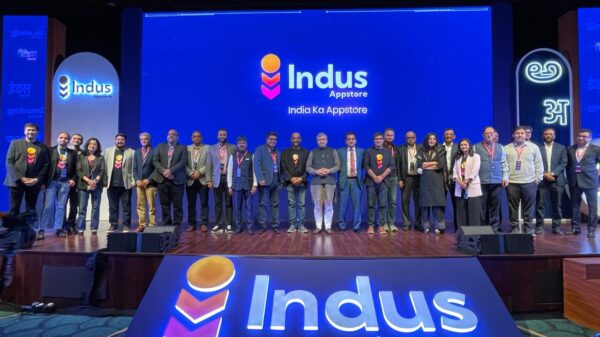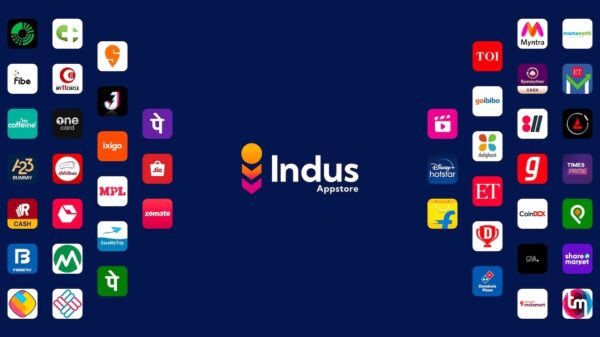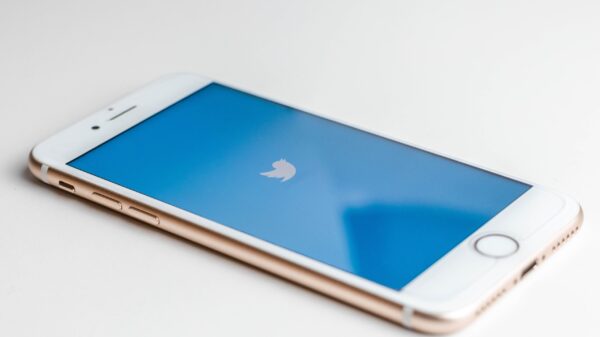Japanese companies will support the introduction of 5G wireless networks, submarine fiber-optic cables and other technologies in India, the country's officials told Nikkei Asia. The two countries, as reported earlier, are set to work closely on developing 5G and future technologies to counter China's dominance in telecommunications. Officials told the publication that Ravi Shankar Prasad, India's IT minister, and Ryota Takeda, his Japanese counterpart, will sign a memorandum of understanding (MoU) for a comprehensive agreement in an upcoming online meeting. This is reportedly the first MoU of its kind between Indian and Japanese cabinet ministers. What Japan will help India with The MoU between the two countries will reportedly include the use of 5G technology, along with efforts to standardise future generation — 6G — technology, which is expected to adopted in the next decade. India, according to a report from September, is looking to play a bigger role in the 3rd Generation Partnership Project (3GPP), a group of standards organisations that will eventually set up global telecommunications standards. Japanese companies will help Indian companies in laying undersea fiber-optic cable. NEC, one of Japan's biggest electronics and IT companies, will reportedly seek to work on laying submarine cables between the Indian mainland and Lakshadweep Islands, a plan announced by Prime Minister Narendra Modi on Independence Day this year. Another Japanese company, Rakuten (which Nikkei reports is doubling its IT workforce in India), is reportedly planning to export a cloud-based mobile network that will reduce the cost of installation and operation…































